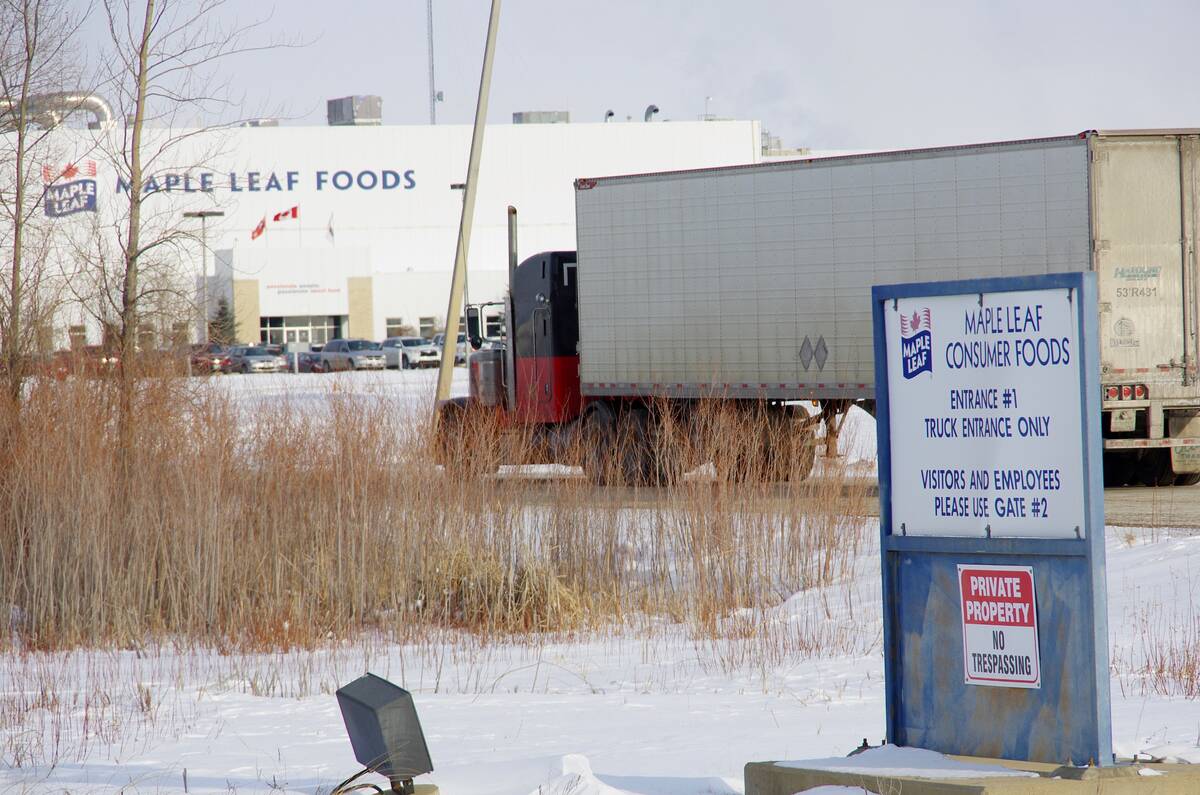Breed originated in Italy and was bred to handle cold weather and mountainous terrain while having a gentle disposition
Haflinger horses are known for their hardiness, strength and calm demeanour, traits Ranier, Alta., based breeder Pascalle Van Der Kraan says are perfect for western Canadian riders looking for a mountain adventure.
Originally from the Netherlands, Van Der Kraan moved to Alberta a decade ago and established Alberta Family Horses a few years following the move.
Now the Dutch native hopes to popularize the Haflinger breed in Western Canada as the region’s only breeder.
“I know the breed from Europe, Holland where they are pretty common. They are not so common here yet,” said Van Der Kraan. “Hopefully we’ll change that.”
Read Also

Manitoba pork exports gain new market ground
Manitoba’s pork trade pivoted from China over the last five years, while Japan is remains the largest customer and South Korea and Mexico market footholds have grown
The modern history of the breed can be traced to 1874 and a colt born in Hafling, Italy, which at the time was part of the Austro-Hungarian Empire.
To be considered a purebred Haflinger, the horse must be traceable to the original colt through one of seven stallion lines.
The horses’ versatility saw them used for military service during the world wars as pack animals while the turmoil of those conflicts also threatened the lineage of the breed as they were crossbred.
Through the actions of breeders in the late-1940s, the breed was saved with the first Haflingers imported to the United States in the 1950s. Canada established its Haflinger association in 1980.
Currently, Van Der Kraan has two studs and six mares and is looking to grow her herd of Haflingers, which were specifically bred to handle the cold and mountainous terrain while having a gentle disposition.
Those traits make them ideal for similar regions on the Prairies and Rocky Mountains, said Van Der Kraan.
“They are quiet enough for kids to ride and strong enough for adults to take them into the mountains,” she said.
The breed can easily be identified by its chestnut brown colour, which can vary in shade, as well as long hair and a thick mane and tail.
Those traits come from the development of the breed from Tyrol ponies and Arab stallions, said Van Der Kraan.
As far as the breed’s friendly demeanour, Van Der Kraan compared Haflingers to Golden Retrievers, “and they just want to hang out.”
She said it’s that trait that will see the popularity of the breed continue to rise in the coming years.
Van Der Kraan said the breed is also popular with owners who are fond of draft horses but who do not necessarily want to deal with the size of traditional breeds.
“A lot of older people want to downsize from the big drafts. They are still super strong but you don’t have to throw on the tack 18 hands high,” she said, pointing out Haflingers are around 13 hands high.
But it’s the breed’s ability to tackle mountain trails that Van Der Kraan said is its speciality and one that is likely to appeal to riders.
“They are perfect for that. They are very sure-footed and because they are cool-headed, they don’t freak out,” she said. “They can go all day.”
















